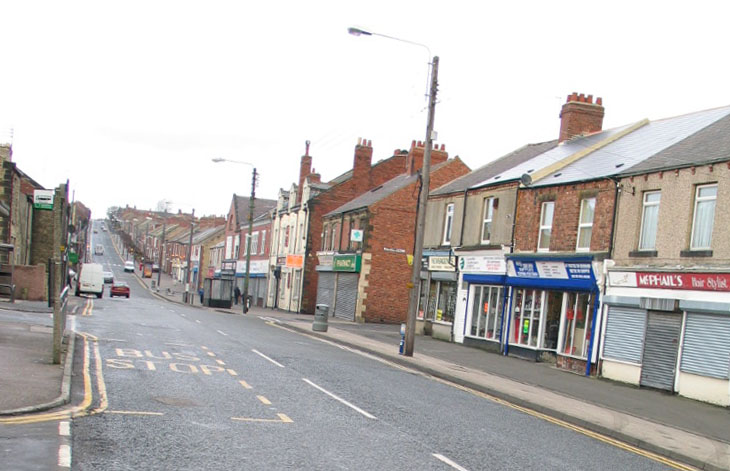In the months before the summer recess, as Conservative leadership candidates began the process of jostling for membership votes with fanciful tax cuts and promises to cut public spending, many politicians took the time to once again process the ‘Levelling Up’ White Paper.
Levelling up has never reached a point where it has moved past simply being an electoral slogan. It does not mean, as sometimes believed, a redistributive model to divert funds to the North of England from the South of England. It was designed to mean something to everyone. It has never had any economic strategy or direction and now, with both Conservative candidates gunning for a low-tax, deregulatory, tiny state, it is unlikely to even hold the interest of the new Prime Minister.
Indeed, in Tunbridge Wells a few weeks ago, the mask slipped from Rishi Sunak, as he admitted to redirecting funding away from ‘deprived urban areas’ to leafier suburbs in the South of England. Indeed, given Liz Truss’ belief that public-sector workers in the North will be happy to reduce their pay in favour of their South-East colleagues (an idea last seriously mooted by Sir Eric Geddes in the 1922), it seems likely that the mere pretence of levelling up will be dropped by our next Prime Minister.
So, what was levelling up? In March 2021, the Financial Times reported that the methodology used by the levelling up scheme to determine which areas would receive funds ignored most standard indicators of poverty, and classified 14 areas with higher-than-average wealth levels as “priority one” regions, ahead of more deprived areas. The report noted that all 14 areas had Conservative Party MPs, and its analysis found that Conservative-voting areas were consistently prioritised over poorer Labour-voting areas.
Devoid of any meaningful economic strategy, levelling up became about pork-barrel politics at its worse.
For County Durham in particular, it’s been a disaster. As a Transition Region (a region whose GDP per capita falls between 75 and 90 per cent of the EU average), Durham had a ring-fenced allocation of £155 million between 2014-2020. According to the Government’s published funding allocations for the Shared Prosperity Fund, County Durham will receive a total of £33.6 million between 2022/23 and 2024/25, divided between core UKSPF funding (£30.8 million) and the Multiply numeracy programme (£2.8 million). This is an enormous drop-off for a County which has received a 37.1% cut in Local Government settlement funding since 2010.
It was also expensive. The Shared Prosperity Fund invited councils to bid for less money. Millions of pounds of taxpayers’ money were stumped up for consultants, by local authorities, for plans, the majority of which will never offer any benefit to our local communities.
By any which measure, the drop off in investment in County Durham has been enormous. This is despite the Government expressly stating that no region would be worse off after we left the EU.
For Labour, the sentiment of levelling up is already within the party. Labour believes in allocating regeneration funding and local government funding explicitly on the basis of need, not on the basis of the swing to the Conservative Party at the last General Election. And, after almost thirteen years of austerity for our region, many of the areas most in need are in our most deprived areas.

